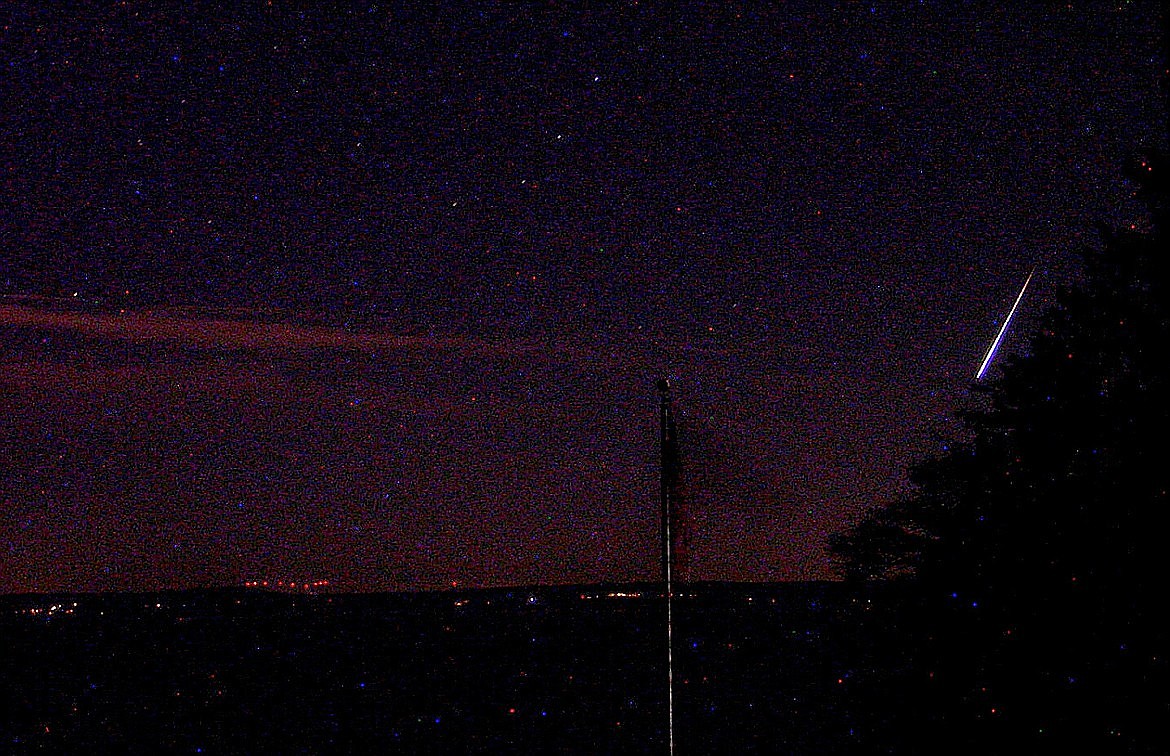Early risers catch glimpse of meteor over Montana
Early risers Thursday morning may have caught a glimpse of a spectacular fireball seen from Missoula to north of Calgary at 6:26 a.m....
Become a Subscriber!
You have read all of your free articles this month. Select a plan below to start your subscription today.
Already a subscriber? Login



